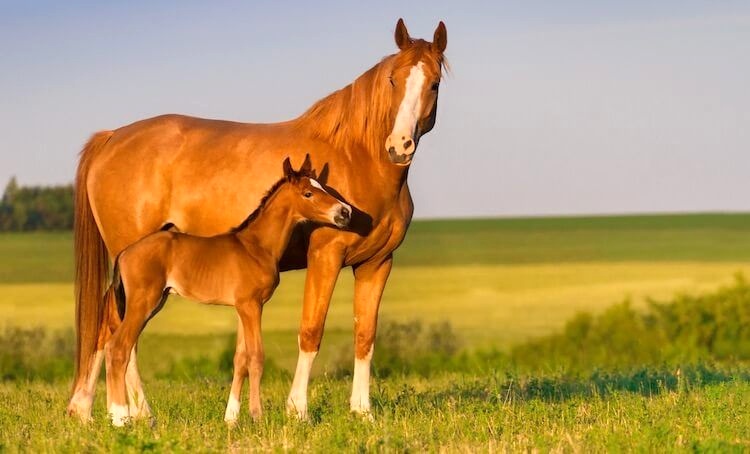Hyaluronic acid is a naturally occurring molecule found in the bodies of all mammals, including horses. It is a key component of the extracellular matrix that provides structural support to cells and tissues. Hyaluronic acid is important for joint health and mobility, and is often used as a supplement to help horses maintain and improve joint health. But how much hyaluronic acid should you give your horse? Read on to find out.
What is Hyaluronic Acid?
Hyaluronic acid, also known as hyaluronan or HA, is a polysaccharide composed of repeating disaccharide units of glucuronic acid and N-acetylglucosamine. It is found in the extracellular matrix of all tissues, where it plays a major role in tissue hydration, lubrication, and cell signaling. It is also important for the proper functioning of joints, providing lubrication, shock absorption, and flexibility.
Why is Hyaluronic Acid Important for Horses?
Hyaluronic acid is essential for the health and mobility of horses’ joints. It helps to maintain the flexibility and elasticity of the joint cartilage and synovial fluid, and supports the normal lubrication and cushioning of the joint capsule. It also plays an important role in the healing of damaged synovial tissue. As horses age, their bodies naturally produce decreasing amounts of HA, and supplementing with HA can help support joint health and mobility.
How Much Hyaluronic Acid Should I Give My Horse?
The amount of HA that should be given to your horse depends on a number of factors, including the horse’s age, level of activity, and current health. Generally, the recommended dosage is between 0.5-2 grams per day, although this may vary depending on the manufacturer. The best way to determine the right amount for your horse is to consult with your veterinarian.
What Forms of Hyaluronic Acid are Available for Horses?
Hyaluronic acid is available in several forms, including oral supplements, injectable solutions, and topical creams. Oral supplements are the most common form, and may be administered in pill, powder, or liquid form. Injectable solutions are typically administered by a veterinarian, and topical creams are applied directly to the affected area.
Are there any Side Effects to Giving My Horse Hyaluronic Acid?
Hyaluronic acid is generally considered safe for horses, and is not known to cause any serious side effects. It is important to follow the manufacturer’s instructions when giving your horse HA supplements, and to discontinue use if any adverse reactions occur.
What Other Supplements Can I Give My Horse to Support Joint Health?
In addition to hyaluronic acid, there are several other supplements that can be given to horses to support joint health. Glucosamine and chondroitin sulfate are two of the most common supplements, and are often given in combination. Other supplements that may be beneficial for joint health include omega-3 fatty acids, vitamin C, and MSM.
What Else Can I Do to Support My Horse’s Joint Health?
In addition to supplements, there are several other things you can do to support your horse’s joint health. Ensuring your horse is getting enough exercise is important, as is providing a balanced diet that includes essential vitamins and minerals. Proper hoof care is also essential, as is providing a safe living environment and avoiding activities that put excessive strain on the joints.
Conclusion
Hyaluronic acid is an important molecule for joint health and mobility in horses, and supplementing with HA can help support joint health and mobility as horses age. The recommended dosage of HA for horses is between 0.5-2 grams per day, although the exact amount may vary depending on the horse’s age, level of activity, and current health. Consult with your veterinarian to determine the best dosage for your horse. In addition to HA supplements, there are several other things you can do to support your horse’s joint health, including providing a balanced diet, proper hoof care, and adequate exercise.

